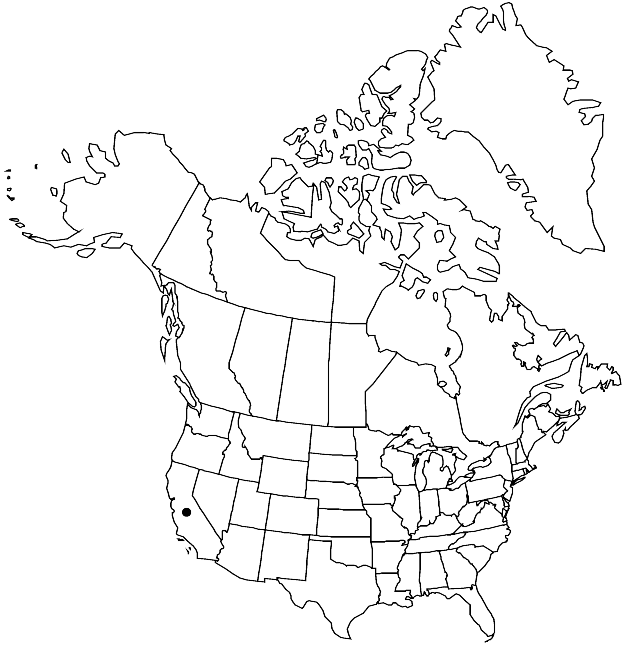Difference between revisions of "Pohlia flexuosa"
Icon. Pl. 1: plate 19, fig. 5. 1836.
FNA>Volume Importer |
imported>Volume Importer |
||
| (One intermediate revision by the same user not shown) | |||
| Line 46: | Line 46: | ||
|publication year=1836 | |publication year=1836 | ||
|special status= | |special status= | ||
| − | |source xml=https:// | + | |source xml=https://bitbucket.org/aafc-mbb/fna-data-curation/src/2e0870ddd59836b60bcf96646a41e87ea5a5943a/coarse_grained_fna_xml/V28/V28_334.xml |
|genus=Pohlia | |genus=Pohlia | ||
|species=Pohlia flexuosa | |species=Pohlia flexuosa | ||
Latest revision as of 21:35, 5 November 2020
Plants small, green, dull. Stems 0.5–1.5 cm. Leaves ± erect, lanceolate, 0.6–1.3 mm; margins serrulate to serrate in distal 1/3; costa subpercurrent; distal medial laminal cells rhombic to linear-rhomboidal, 60–105 µm, walls thin. Specialized asexual reproduction usually present when sterile; axillary gemmae in dense clusters, dimorphic, isodiametric to oblong, knobby in outline and brown, or narrowly linear-vermicular and hyaline, leaf primordia absent or 1 or 2, inconspicuous, restricted to apex, peglike. [Sexual condition dioicous; perigonial leaves ovate; perichaetial leaves weakly differentiated, narrowly lanceolate. Seta orange-brown. Capsule inclined 95–180°, brown to stramineous, pyriform, neck 1/3 urn length; exothecial cells short-rectangular, walls sinuate; stomata superficial;annulus present; operculum convex-conic; exostome teeth yellow-brown, narrowly triangular-acute; endostome hyaline, basal membrane 1/2 exostome length, segments distinctly keeled, broadly perforate, cilia short to rudimentary. Spores 16–21 µm, finely roughened].
Phenology: Capsule maturity unknown.
Habitat: Acid, sandy disturbed soil, path banks, stream banks
Elevation: low elevations
Distribution

Calif., Europe, Asia.
Discussion
The slender, dull plants of Pohlia flexuosa, which have leaves somewhat contorted when dry, are like those of P. annotina and P. camptotrachela. The gemmae are dimorphic, and either hyaline to whitish and narrowly linear-vermicular, with one or two poorly differentiated leaf primordia, or small, blackish, and oblong to globose, with angular cells. This species is known from only one North American site in Yuba County but is common in parts of Asia including China, and it occurs in western Europe.
Selected References
None.